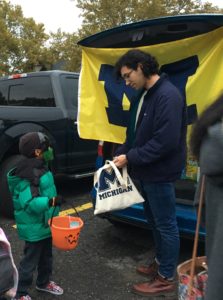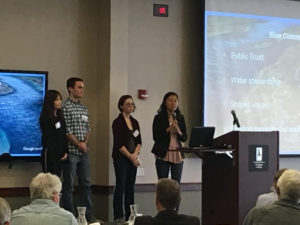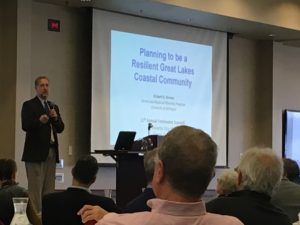Tuesday, January 23, 2019
Featured speaker:
Alan V. Deardorff
John W. Sweetland Professor of International Economics and Professor of Public Policy
Anderson House Office Bldg, Mackinac Room, 5th Floor
124 N. Capitol Avenue, Lansing, MI 48933
11:30 a.m. – 12:30 p.m.
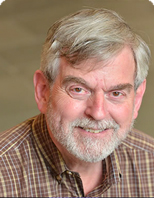
Alan V. Deardorff, John W. Sweetland Professor of International Economics; Professor of Public Policy
President Donald Trump has tackled international trade policy during his second year in of office, just as he promised he would during his 2016 election campaign. Tariffs on steel and aluminum from various countries, exports from China, and potentially on automobiles and supply chains are having an effect – including the likelihood that consumers at home will see rising prices in the months and years to come. Renegotiated trade agreements made with South Korea, Mexico, and Canada will also change trade outcomes and could in influence corporate decision making in the manufacturing of goods and products. Please join us for an enlightening presentation by Professor Alan Deardorff who will explore these and other changes taking place in trade policy, and their likely implications for Michigan, the United States, and the world!
Alan V. Deardorff is the John W. Sweetland Professor of International Economics and Professor of Public Policy. His research focuses on international trade. Dr. Deardorff and Bob Stern have developed the Michigan Model of World Production and Trade, which is used to estimate the effects of trade agreements. He is also doing theoretical work in international trade and trade policy. He has served as a consultant to the U.S. Departments of Commerce, Labor, State, and Treasury and to international organizations including the Organization for Economic Cooperation and Development and the World Bank. Dr. Deardorff received his Ph.D. from Cornell University.

